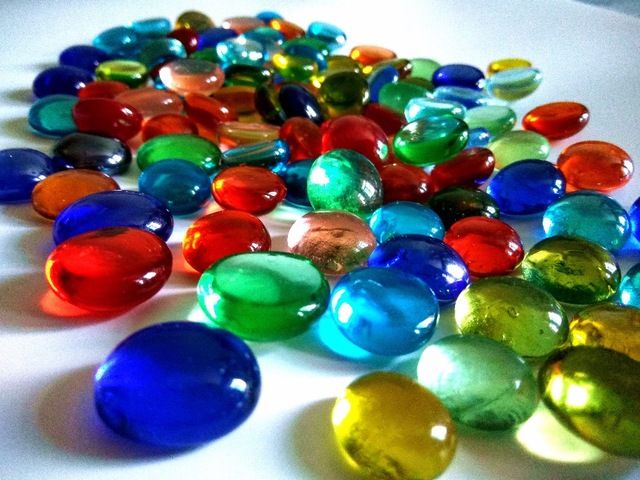
The term gemtone is applied to any of the one hundred or so naturally occurring minerals (diamond, ruby, sapphire, etc.) and organic materials (amber, pearls, ivory, coral, etc.) that are used for personal adornment or display. However, most of the popular gem materials encountered today are inorganic. The first use of a mineral or organic substance for personal adornment remains the subject of debate. But it is generally accepted that their use dates back at least ten thousand years. To be classified as a gemtone, an organic or inorganic material must possess beauty, rarity, and durability. A gems beauty comes from its brilliance, fire, luster and color. In their rough form these attributes are often masked. Only after cutting and faceting and often other enhancements, can the true beauty be revealed. Durability refers to a combination of the materials hardness (ability to withstand scratching), toughness (ability to resist breakage), and stability (ability to withstand chemical or physical change resulting from heat, light or chemical exposure).There are approximately 2,700 different minerals on record. However, less than one hundred are regarded as a gemtone or ornamental variety for jewelry use and fewer than 50 are regarded as common.